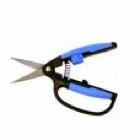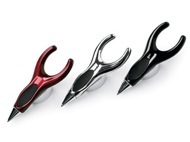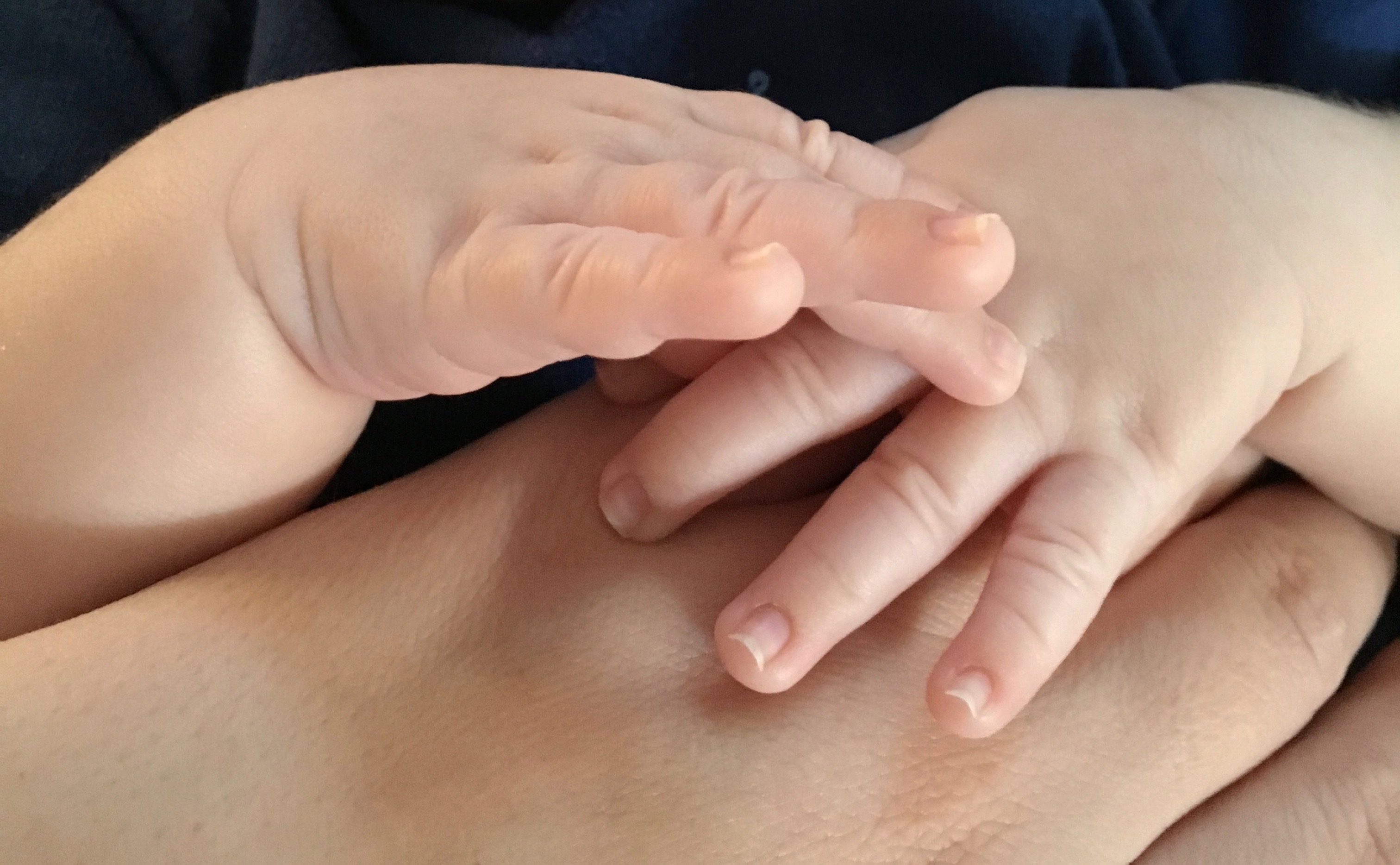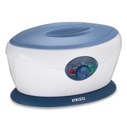Normal joints have cartilage at the end of each bone which allows the joint surfaces to glide smoothly and without causing pain. Sometimes, the cartilage wears out or is damaged by trauma. Inflammation of the joint, called “arthritis,” results.
The joint at the base of the thumb metacarpal is called the thumb “basal joint” or “CMC joint,” as it is the joint between the carpal (wrist) and metacarpal (hand) bones. This special joint allows the many directions of motion of the thumb with respect to the hand and the ability to pinch.
.jpg)
This is very common, usually after age 40. A history of trauma to that area can contribute to this, but this might just be caused by laxity (or looseness) of the joint.
People often complain of aching pain or weakness that worsens with activities like opening jars, turning doorknobs or keys, and writing; these activities involve pinch. Grip and pinch strength actually can worsen with disease progression and aching can be felt at rest or even at night. Deformity such as a “bump” at the base of the thumb might be noted, and the “knuckle,” or metacarpophalangeal (MCP) joint of the thumb might hyperextend, or “bend backwards.”
Your doctor might detect tenderness to touch at the basal joint of the thumb or pain produced by a “grinding” motion at that joint. X-rays are helpful but your X-rays might not relate directly to your symptoms; some people with normal X-rays have a lot of pain, and some people with bad looking X-rays have no pain.
Initial treatment is conservative, or non-operative. Anti-inflammatories such as ibuprofen or naproxen can help. Splinting for comfort and support also are useful. Limited (cortico)steroid injections can help decrease pain during painful flares.
Hand therapy to help symptoms, strengthen muscles that surround that joint, and teach you about ways to modify your daily activities to protect your joints can be very helpful. There are lots of household gadgets that are available that can make life easier and more comfortable. Below are spring-loaded scissors, ergonomic pens, and openers for cans, bottles, and jars; these are just a few tools that can help prevent pain. Paraffin wax treatments also can help.






Several surgical techniques are used if non-surgical treatment fails. Most of these involve removal of arthritic bone (such as trapeziectomy) and sometimes wrapping a tendon through one of the bones. Bone fusion or realignment also might be considered. A hand surgeon can help determine the course of treatment that is best for your degree of symptoms and lifestyle.
For more information about resources available for those with arthritis, contact the Arthritis Foundation.
Please join us at the next Walk to Cure Arthritis at the Detroit Zoo!